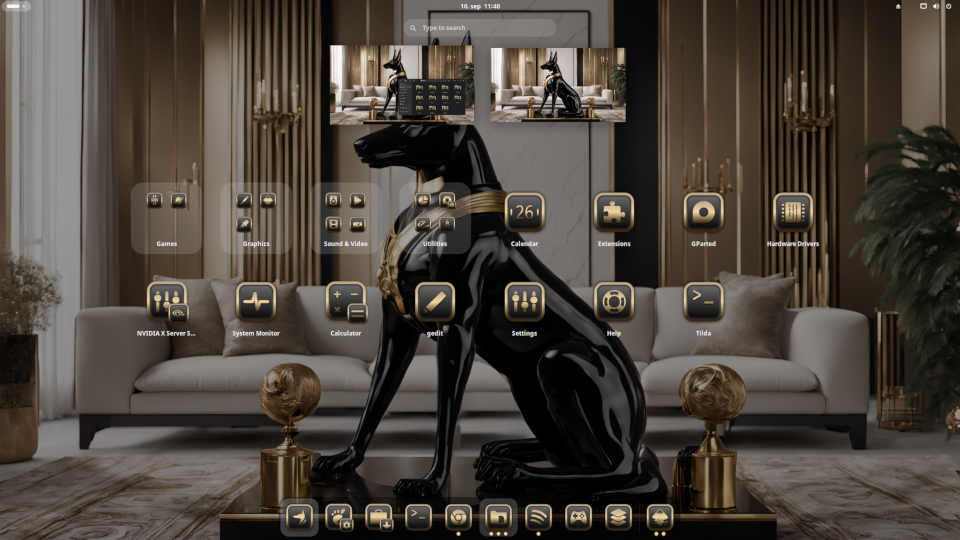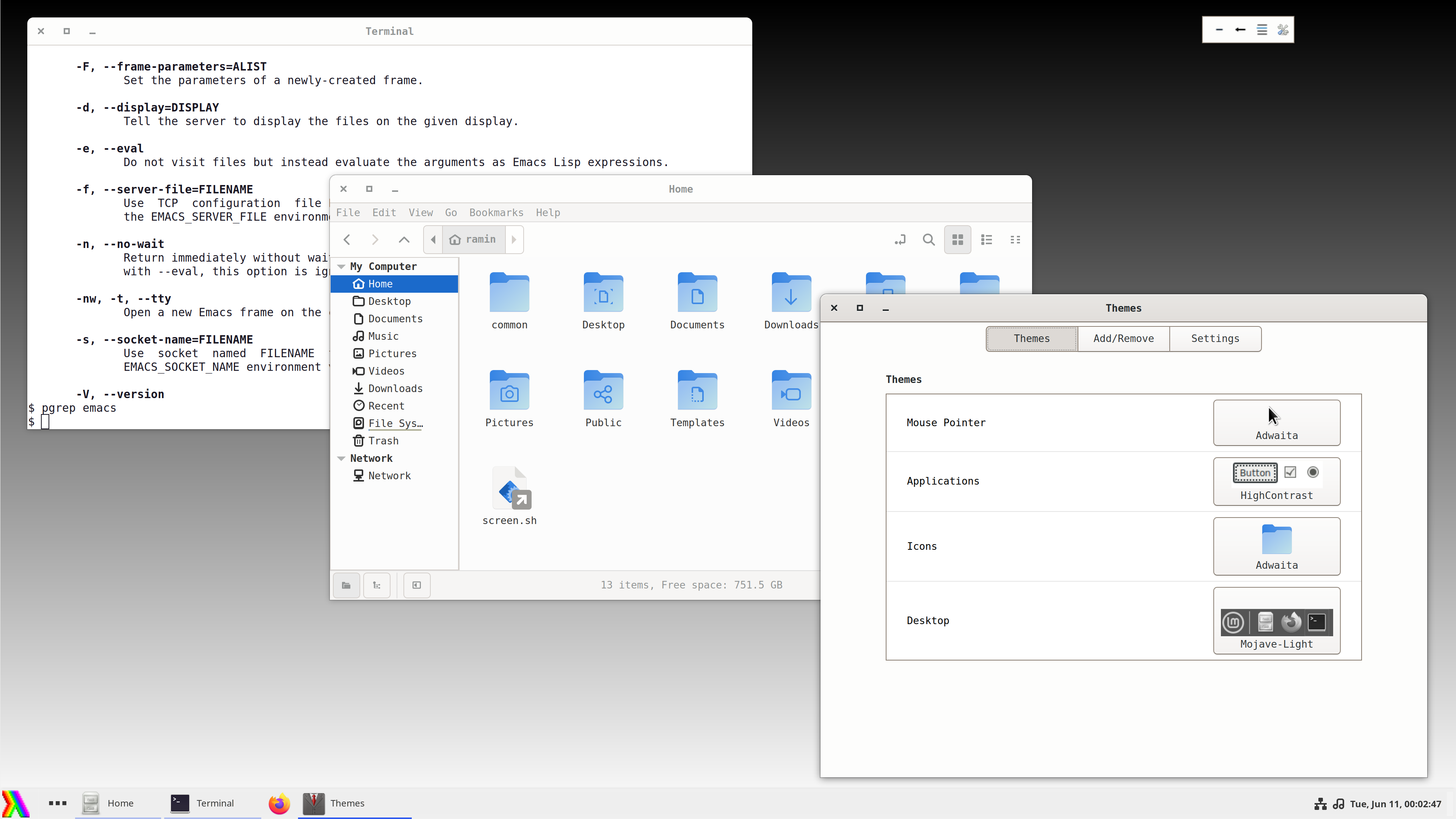I would go with Guile, because it is built-in to the Guix Package Manager which is a really good general-purpose package manager.
It ticks several of your boxes:
- has a CLI interpreter
- is a general purpose language, Scheme, amd compliant with revisions 5, 6, and 7 of the language standard
- allows writing in a functional style (it is one of the original functional programming languages)
- small disk footprint, but still large enough to be "batteries included"
- decent documentation, especially if you use Emacs
- simple setup: not so much, unless you are using Guix to begin with. The standard distribution ships with lots of pre-built bytecode files, you need an installer script to install everything.
It also has pretty good libraries for system maintenance and reporting:


Not sarcastic, I genuinely like this sort of thing. To each their own.